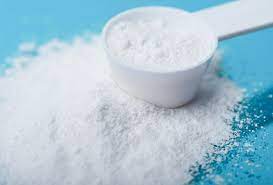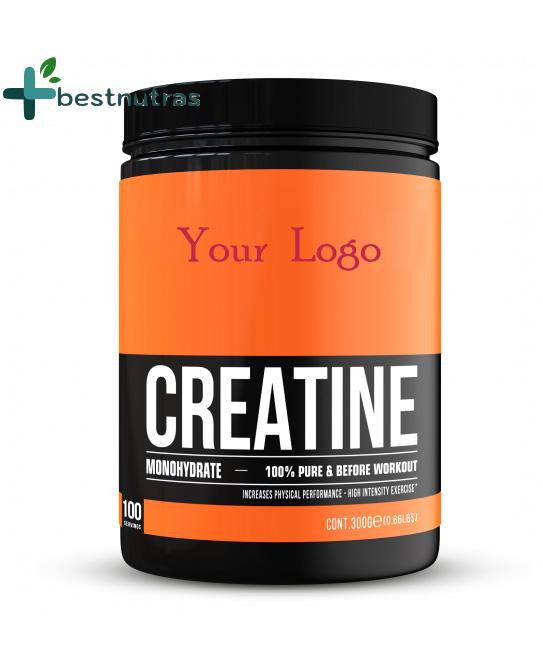Categories
- Blog (60)
Creatine Monohydrate is probably the most researched supplement on the market today. Numerous studies have found that creatine supplements have positive adaptations in terms of strength, energy, and muscle mass, especially when combined with resistance training.

Creatine Monohydrate in the human body is formed from amino acids during chemical processes in the liver and then sent from the blood to muscle cells where it is converted into creatine. The movement of human muscles relies on the breakdown of adenosine triphosphate (ATP) to provide energy. Creatine Monohydrate can automatically adjust the water entering the muscle, so that the muscle expands the transverse section of the muscle, thereby increasing the explosive power of the muscle. A large number of in vivo and in vitro experimental studies have confirmed that creatine has various effects on the human body:
1. Increasing creatine content in skeletal muscle and improving energy reserve
2. Regulating glucose metabolism pathways and reducing lactate production
3. Increasing intramuscular glycogen stores
4. Increasing antioxidant function

While the benefits of creatine for strength training are well known, there is no answer to the best time to take creatine, which brings us to some important questions:
Is there an optimal time to consume creatine?
If so, should it be taken before or after training?
Timing of creatine intake does play a role in getting bigger and stronger, according to a new study published in the Journal of Nutrition. Creatine supplementation prior to resistance training increases muscle strength and lean muscle mass. Interestingly, taking creatine immediately after strength training resulted in greater amounts of creatine than taking creatine immediately before training. However, in terms of strength gains, the experiment also came to the conclusion that there was no major difference in the effects of pre-and post-workout intake.
If you’re not a “non-responder,” meaning you’re one of those individuals who doesn’t respond to exogenous creatine, then taking creatine is better than not taking it. It’s one of the few legal supplements that has been shown in controlled studies to make creatine noticeable changes in strength and girth.
Both methods produce similar results, with regular doses taking about 30 days, intramuscular creatine levels will be equivalent to 5 days with the high dose, and then the results tend to normalize, so the choice of loading regimen depends on Personal preference, and how quickly you want to see positive results. If you plan to use creatine long-term, high doses are not required.
In conclusion, the dose and timing of creatine intake depend on the training program. Different doses require different schedules, and different schedules take different doses.
Welcome to send an inquiry about best nutras creatine monohydrate supplement at [email protected].